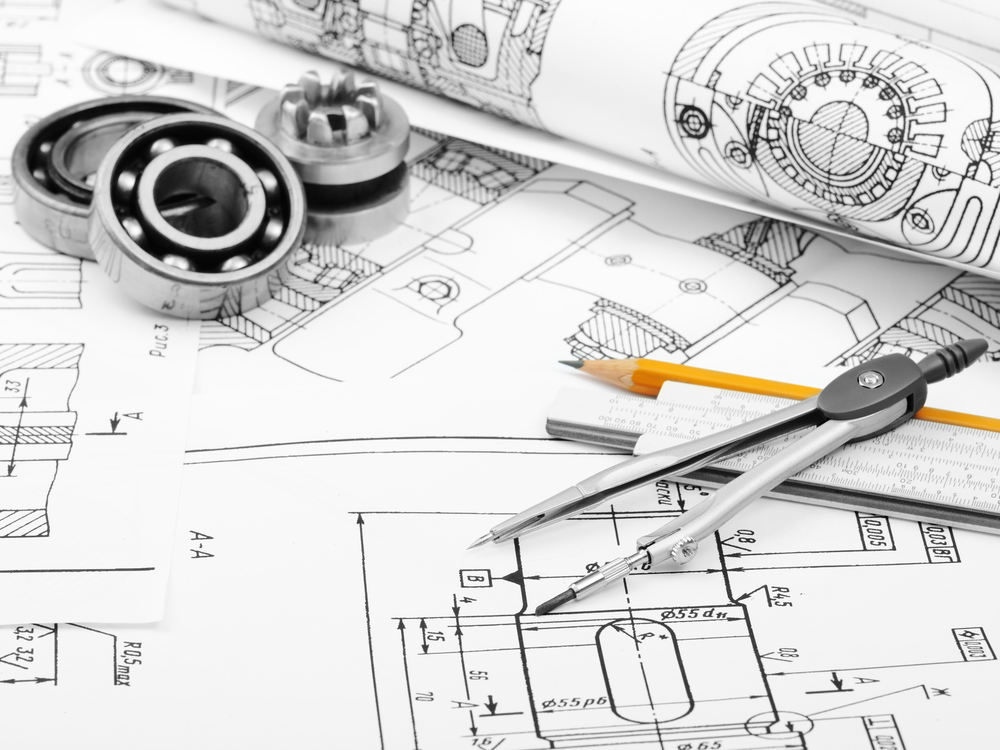
What does product design mean when products are no longer just physical goods? That’s the difficult question facing designers today. When machines are both connected and intelligent, they become a hybrid of products and services. Examples include pumps that anticipate when they will stop working, elevator banks that cut wait times by knowing where riders want to go before they get on, and truck transmissions that anticipate road gradients when shifting gears.
Hybrid product designers can no longer simply focus on the tangible. They must also look upstream and downstream at the river of data streaming through these products: that is, how their products will obtain the data they need to operate and how the data their products create will be used for other product-service hybrids. And they have to create products where the revenue will come from service-based business models and usage- or results-based payment.
Successful hybrid designers will also be service designers. Just as web site or app designers do, they must make using the data services embedded in smart products a satisfying and even gratifying experience. Customers will remain loyal if they are happy with the experience, and will seek other service suppliers if they are not.
But hybridization doesn’t do away with the old tenets of product design. The virtues of designing for usability, simplicity, quality, innovation and manufacturability all remain valid. With the auto industry leading the way in many cases, it’s clear that designing for the Internet of Things redefines these characteristic virtues of product design.
Design for usability includes design for “upgradability.” The look, feel and functionality of products are no longer fixed when a machine comes off the factory floor. Users can upgrade features on the fly by downloading new versions of the software that runs them. That means companies will design products that become easier to use and easier to learn over time.
Automotive companies are starting to design for upgradability. The dashboard of Tesla Motors’ Model S can be updated like smartphone apps. The company is considering enabling Android apps to run directly on its cars’ computer system. Software designers anywhere can then create new features or user interfaces for drivers.
Design for simplicity includes design for saving time. Simple products are easy for customers to understand and operate, and for mechanics to maintain and repair. Users need less time to get up to speed and make the machine do what they want. The Internet of Things allows designers to greatly simplify processes—and thus to save customers hours, not just the seconds they save with elegantly designed physical products.
Take rental cars: Daimler AG’s Car2Go business greatly simplifies the process. Customers don’t need to pick up or return cars to a lot. A smartphone app directs them to the closest parked car for rent. They unlock it with their membership card, drive to their destination, park their car on the street, lock it up and walk away.
Design for quality includes design for communication. For intelligent products, quality includes the ability to securely and reliably connect to the Internet or private networks, and also to generate data that is correct, complete, current and consistent. They may need to communicate with gear built by other manufacturers as well. But connectivity and data and network quality are just table stakes for designers of connected products. Good designers will understand how the data created by their products will be consumed in other systems.